Amazon's AI-Driven Job Cuts Highlight Industry's Double-Edged Impact on Climate
Amazon's decision to eliminate roughly 14,000 corporate jobs in October 2025 sent shockwaves through the business world, with CEO Andy Jassy citing AI as a key factor in the workforce reduction. This move underscores the dual role of artificial intelligence in the climate equation - both as a solution to the crisis and as a significant contributor to the problem. As AI continues to transform industries, its impact on energy consumption and water usage is becoming increasingly apparent.
The International Energy Agency (IEA) warned that data-center electricity use, driven largely by AI training and inference, could double by 2030, consuming as much power as some mid-sized nations. A 2025 UK government report estimated that the UK's data centers alone would require an additional 12.5 TWh of electricity by 2030, equivalent to the annual electricity consumption of 2.5 million homes. This surge in energy demand is largely attributed to the growing need for data storage and processing, fueled by the increasing adoption of AI in various sectors.
The market context for AI-driven growth is robust, with the global AI market projected to reach $190 billion by 2028, up from $38 billion in 2020. The industrial AI segment, in particular, is expected to drive this growth, with applications in energy management, predictive maintenance, and supply chain optimization. Companies like Siemens, GE Digital, and ABB are at the forefront of this trend, offering AI-powered solutions to optimize energy grids, streamline factories, and map deforestation.
However, the environmental implications of this growth are significant. As AI becomes increasingly ubiquitous, its energy footprint is expanding, contributing to greenhouse gas emissions and straining water resources. The data center industry, a key driver of AI growth, is estimated to consume over 200 billion kilowatt-hours of electricity annually, equivalent to the annual electricity consumption of 18 million homes.
The business implications of this trend are far-reaching. As companies continue to invest in AI, they must also prioritize sustainability and energy efficiency. This may involve adopting renewable energy sources, implementing energy-efficient data center designs, and exploring alternative cooling technologies. Companies that fail to address these challenges risk facing reputational damage, regulatory scrutiny, and increased costs associated with energy consumption.
Looking ahead, the intersection of AI and sustainability will only continue to grow in importance. As the global economy becomes increasingly dependent on AI, the need for sustainable and energy-efficient solutions will become more pressing. Companies that can navigate this complex landscape and develop innovative solutions will be well-positioned to capitalize on the growing demand for industrial AI.
In conclusion, Amazon's AI-driven job cuts serve as a reminder of the dual impact of AI on the climate equation. As the industry continues to grow, it is essential to prioritize sustainability and energy efficiency to mitigate the negative consequences of AI's increasing energy footprint. By doing so, companies can unlock the full potential of industrial AI while minimizing its environmental impact.




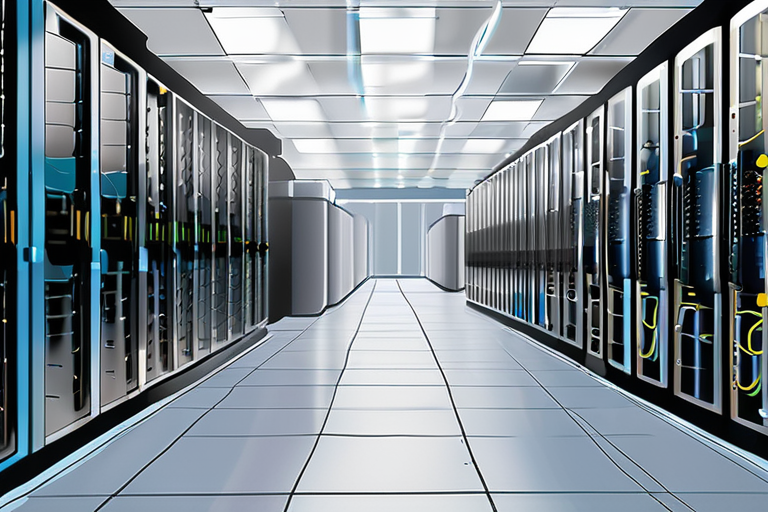





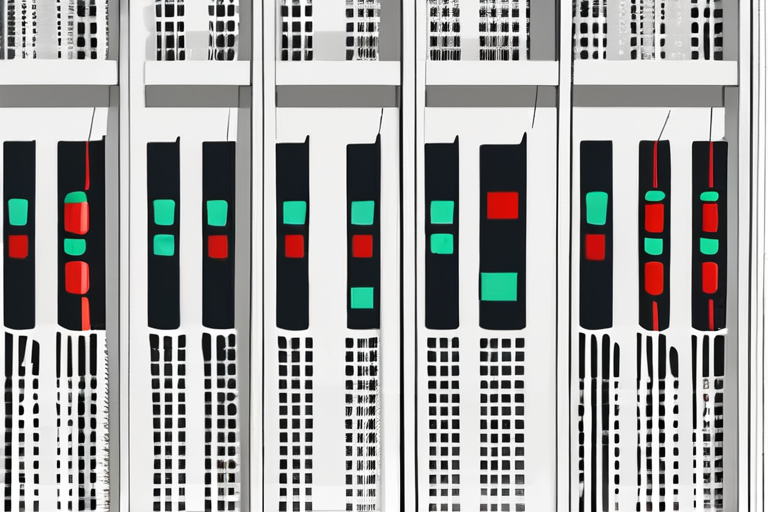
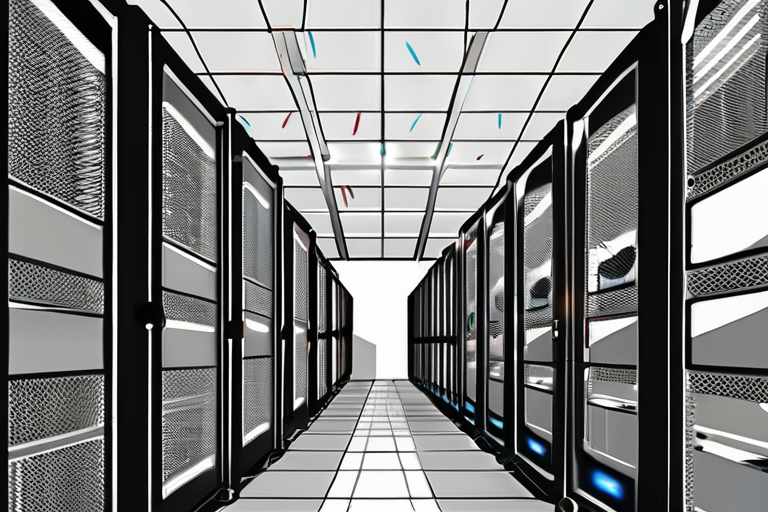
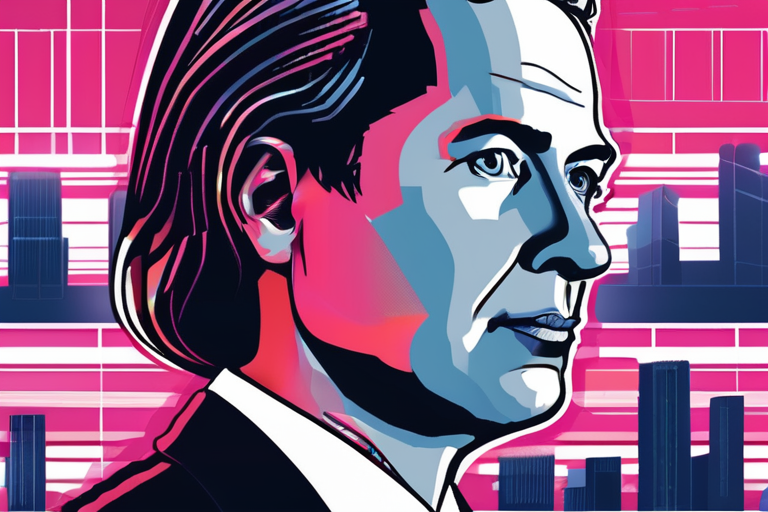
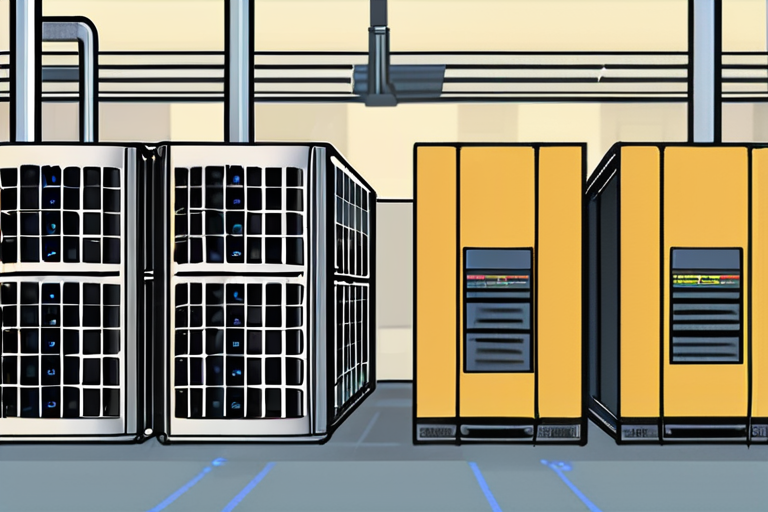

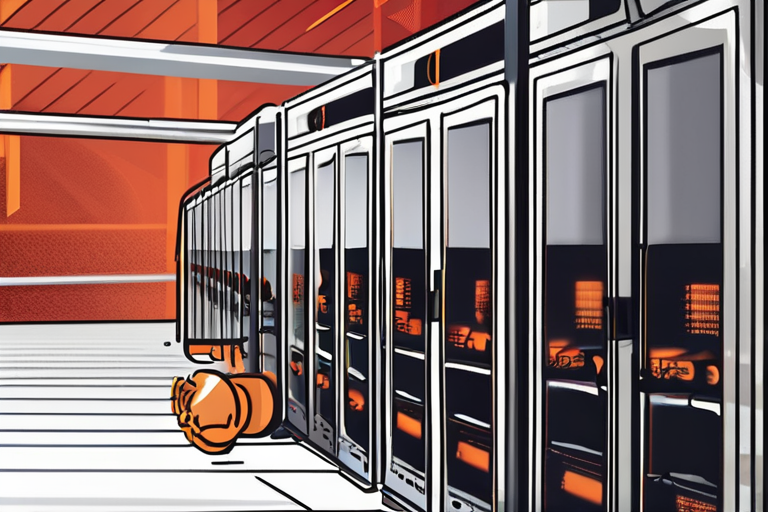





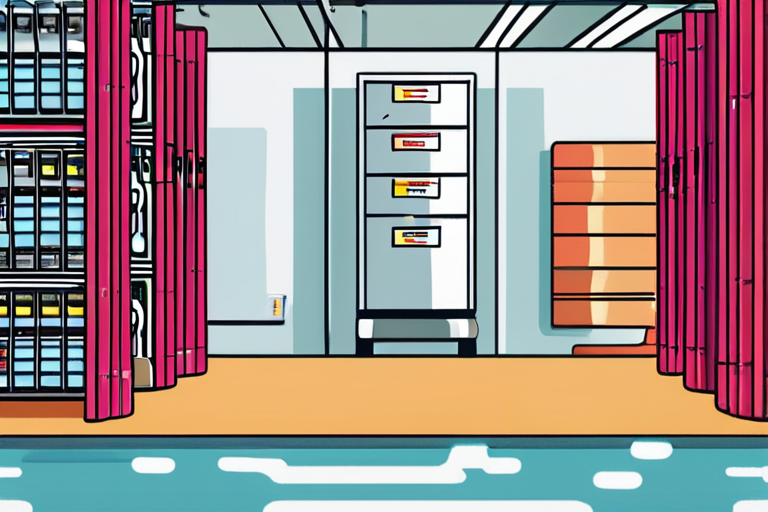

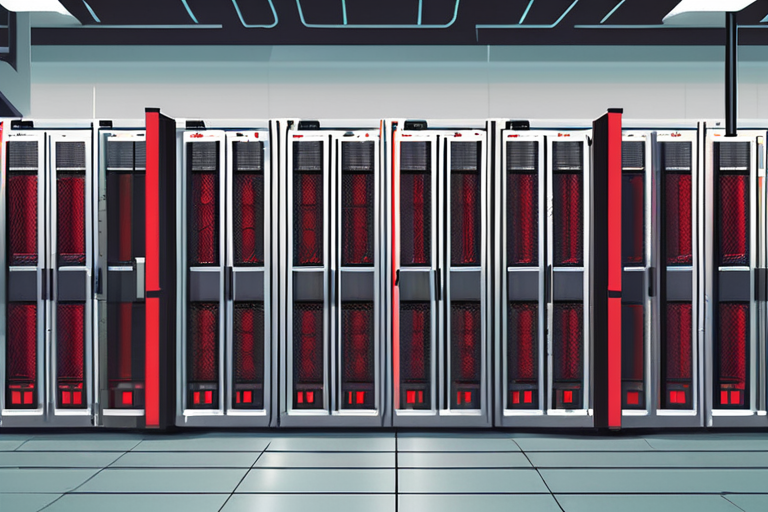


Share & Engage Share
Share this article